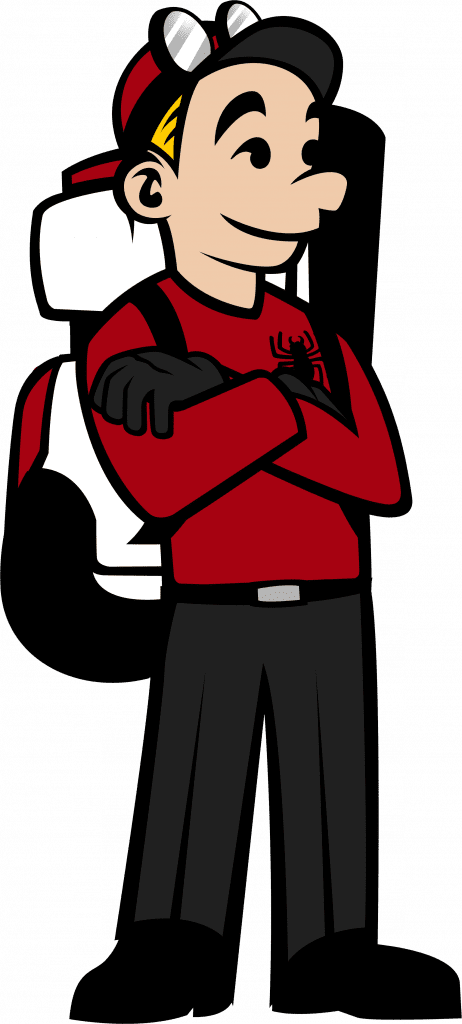Had these guys come out 2 years in a row and it’s been the best service ever! The techs and customer service are amazing!
PEST CONTROL SERVICES
Our boxwood pest control begins with a thorough inspection to identify the specific pests, extent of the infestation, and contributing factors. We then develop a customized treatment plan that may include:
Spring: First Caterpillars Hatch
Summer: Peak Feeding, Defoliation
Autumn: Third Generation Active
Winter: Overwintering On Plants
What to expect from us
We formulate our treatment solutions with precision, ensuring maximum effectiveness against pests that damage Boxwood species while prioritizing the safety of your family, pets, and the environment.
Our "Home Guard" package consists of a specialized, clear-drying formula that leaves no unsightly residue. You may not even know we were there, but we'll always leave a card as proof of our visit.
We never take a cookie-cutter approach to pest control for Boxwoods and Boxwood Shrubbery. Our experienced technicians begin with a detailed inspection of your property, taking note of potential boxwood caterpillar hotspots and any special requests you might have.
Your peace of mind is our priority — all of our services with a satisfaction guarantee. If you ever encounter any issues after a service, just give us a call - we'll work with you to find a solution.

Your Spider Guys technician will carefully examine your property, pinpointing areas where Boxwoods are affected and where boxwood caterpillars may be hiding. This includes examining leaf undersides, branch junctions, and new growth for signs of feeding damage or pest presence.
Protecting you is important to us! Before applying any treatments, your technician will suit up in the appropriate protective gear. Our solutions are expertly mixed depending on what type of caterpillar or moth is present.
This perimeter treatment forms a protective shield around your yard discouraging boxwood caterpillars, boxwood moths, and other pests from venturing closer to your home. We strategically apply this treatment to boxwood plants and surrounding areas to create a protective zone against migrating pests.
Our specialized clear-drying solution treats the exterior of your home, creating an invisible barrier that deters caterpillars and other pests that eat boxwoods and boxwood shrubs. No more worrying about smudges or residues on doors and windows – discretion is key.
Box tree caterpillars are the larvae of the box tree moth. They hatch from eggs laid on the undersides of box leaves and eat them.
While feeding they create webbing over their feeding area and later form a chrysalis (after about a month).
Box tree moths lay eggs on the undersides of boxwood leaves, which later develop into box tree caterpillars.
Caterpillars create webbing over their feeding area and eat the box leaves, then form a chrysalis after about a month.
This is one of the most common and damaging boxwood pests.
The larvae feed on the leaves from the inside, creating blisters and causing the leaves to appear puffy and discolored.
These are tiny spider mites that feed on the undersides of boxwood leaves.
Infested leaves may develop a speckled or bronzed appearance.
These tiny insects suck the sap from the new growth, causing the leaves to cup and distort.
The damage typically appears as cupped or twisted leaves.
These are small, armored scale insects that attach to the stems and undersides of leaves, sucking sap and weakening the plant.
Infested plants may have a sooty mold growth due to the honeydew produced by the scales.

We stand behind our work with our satisfaction guarantee — if pests re-infest, we’ll return free.
Make sure to read the full guarantee details.
4.8 out of 5 stars
4.8 out of 5
from 65 reviews
65 reviews
Had these guys come out 2 years in a row and it’s been the best service ever! The techs and customer service are amazing!
Very professional and efficient! We tried The Spider Guys for the first time last year and we didn’t have any issues with pesky critters last fall. We’ll be having our yard sprayed again this year. Thanks Spider Guys, we can finally enjoy our backyard again!
Fantastic Employees & Customer Service for all your Pest Control Needs!
A very professional, well run company. Several members of the team came and all were extremely professional. They stand by their work. Highest Recommendation.
Positive
Responsiveness, Professionalism, Value
Services
Mosquito extermination, Bug & insect extermination, Ant extermination
Very professionals, on time and we are very happy with the results. Thank you
Excellent service, excellent communication.
They have taken care of our property for a few years now and we have not seen a spider or had any issues.
Highly recommend The Spider Guys!
The staff is very friendly. Great communication start to finish. The product definitely works- There are dead bugs everywhere! Customer service second to none. Will definitely be hiring again.
The fella that sprayed our yard was great. Worked as hoped! We will use them every year moving forward.
This is the 3rd season Ive used Spider Guys and Its 5 Stars all the way ! They always get the job done as promised .
Excellent service! This is the first spring/summer we have been able to enjoy our backyard /deck without spiders. Highly recommend this company.
Good job
The second spray wasnt successful but Cody came back again and everything is good now.
Thanks Cody
Had David from spider guys out first for an ant problem very helpful then had a rodent problem this week under our deck call & they came out promptly to eradicate this issue Would highly recommend this company ! Again this week we had another rodent problem under our deck ,called Cody promptly called came out solved this issue again & gave s sample of product to purchase for future use They are the “Best!”
Excellent service provided by The Spider Guys, had many spiders on the exterior of my home until The Spider Guys came to the rescue. Spiders are now gone! They keep you informed from start to finish.
The real deal. Quick responses over text and top tier service. thanks Spider Guys!
Honestly one of the best company for the job! We cannot say enough good things about them. They are very polite and professional. Their service is amazing. We didn’t even get a single spider last year and couldn’t be happier about it. I would definitely recommend them!!
Want to see more reviews? You can find them on our Review Wall or over on Google Maps.
Want to see more reviews?
Try our Review Wall or Google Maps.
Tell us about your pest problem and we’ll provide you with a tailored quote.
We'll respond within 24 hours
Schedule a call with The Guys
No hidden fees or surprises